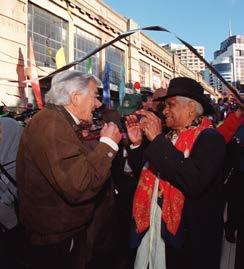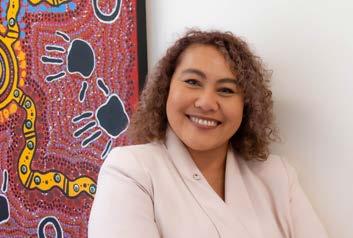
8 minute read
In Conversation
IN CONVERSATION: LINDA BURNEY
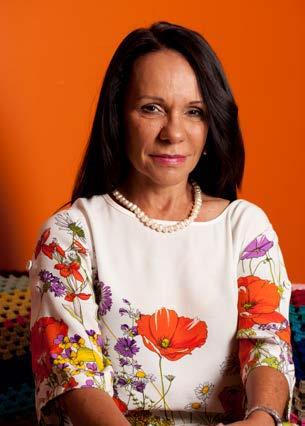
A proud member of the Wiradjuri nation, Linda Burney was the first Aboriginal person to be elected to the NSW Parliament and the first Aboriginal woman to serve in the Australian House of Representatives.
As the Member for Canterbury in the NSW Parliament for 13 years, she served as minister in senior portfolios including Community Services and later as Deputy Leader of the Opposition. She was elected federal member for Barton in 2016 and is currently Shadow Minister for Families and Social Services and Shadow Minister for Indigenous Australians. Linda’s commitment to Aboriginal and Torres Strait Islander issues spans more than 30 years.
In 2000, when you were helping to organise the Harbour Bridge Walk, what were your expectations as the day drew closer?
This was the symbolic end of the formal process of reconciliation so I was terrified it was going to be bad weather and worried that we weren’t going to get very many people. But understanding that we’d done an enormous amount of planning and hard work we were just hoping that all the logistics and coordination at both the state and the national level, in particular the work we’d done with the police and the transport department, would be enough.
good process of government agencies working together with the understanding that this was an undertaking that we were all a bit nervous about, to say the least. But also something that obviously caught the imagination and touched Australians.
Twenty years on, what are your memories of that day?
It was bright and cool, getting towards winter it was quite a cold day. I think at that stage I was living in Marrickville and I travelled to North Sydney with my family. Getting on the train at Dulwich Hill it was just full of people heading to the march with signs and flags and colours. It was just a wonderful atmosphere. Then we realised how much of a huge day it was going to be as we got closer and closer to Milson’s Point station. The train had slowed down and there wasn’t enough space for people to get off the train. You could see then how magnificent and successful it was going to be. So then we tried to get to the other side and organise the logistics to keep the Bridge open for another two or three hours to get people across.
Was there a standout moment for you?
It’s still very vivid. It was probably one of the most remarkable days of my life. I just remember it was an incredibly blue sky. I don’t think there was a cloud in the sky because I particularly remember when the plane flew over and the word sorry was written in the sky. It was so plain over Kirribilli. That was pretty darn good.
Do you think in Australia today there’s that same goodwill and desire to reconcile?
Well, you need to remember it wasn’t just the walk on the Sunday, there had been the Corroboree 2000 at the Opera House the day before. John Howard was the Prime Minister, and there was the spectre of the refusal to apologise. Some Ministers walked the next day, some didn’t. There was also of course some very raw emotions in the Opera House that day. We had the document arrive on the Tribal Warrior and delivered by Glen Kelly. It was an amazing day in the sense that there was temper, there were fine words, there was symbolism, and there was a wonderful celebration of Aboriginal culture that led into the second day which was the Harbour Bridge walk. And of course that bridge walk in Sydney really spurred on other bridge walks right across the country.
I think the goodwill that was created there still exists. I think that amongst young people there’s no question at all, it’s just not harnessed, it really isn’t and I don’t think this government is helping matters.
The intention of the Uluru Statement from the Heart was to provide a national consensus for a path forward for reconciliation. Can it still be the blueprint to achieve that?
From an Aboriginal world view the intention was clear, but there are enormous challenges. The Prime Minister has already ruled out a constitutionally enshrined voice, he’s already ruled out the idea of a Makarrata commission or treaty. He may tolerate a truth-telling process but I think that’s very vague, so we will see what the next two years brings.
We often talk admiringly about the enduring cultures of Aboriginal and Torres Strait Islander peoples. Obviously they underpin this country’s history. How would embracing those cultures make us a more complete nation?
Embracing the truth is what Australia needs to do. There are many attributes of Aboriginal culture that I think would transcend beautifully, particularly the respect for older people, the connection and love of country, the values of stories – those things are very important.
The truth is we have a more informed country than we’ve ever had. Most people know what traditional Country they live on, which certainly wasn’t the case 10 years ago. I think if Australians were asked about having an Indigenous advisory body to Parliament most people would say yes. I think that the embers of the Recognise and the reconciliation movements are still very much there, they just need a bit of fanning.
What is your main hope for the future?
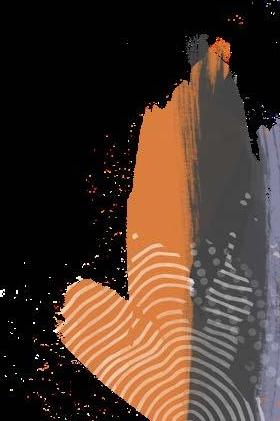
My hope for the future is that the Uluru Statement is realised.

THE PEOPLE HAVE SPOKEN
Dr Evelyn Scott
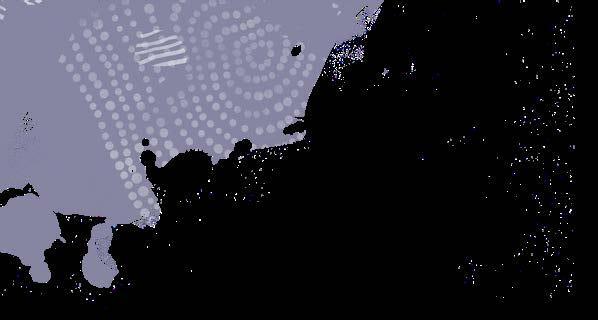
Following the national bridge walks in 2000, the Chair of the Council for Aboriginal Reconciliation, the late Dr Evelyn Scott AO, was thrilled with the wonderful display of support from all Australians. In an article in the Council’s magazine, Walking Together, she shared her thoughts about the remarkable reconciliation events. Here is that article, still salient 20 years on.
One of the most significant mobilisations of people in Australian history occurred across Australia with Corroboree 2000. Never before have public gatherings illustrated so clearly the strength of people’s opinion on a social issue. With their feet, hundreds of thousands of people voted for reconciliation.
Participation in bridge walks far exceeded expectation and created a legacy of indelible memories for the multitude who ‘walked together’.
In Sydney, a river of people streamed for six hours across the Harbour Bridge. Numbers could have been as high as 250,000. In Brisbane more than 60,000 people made their journey across William Jolly Bridge. In Adelaide an estimated 55,000 people filled the heart of the city, in their crossing of King William Street Bridge. In Canberra people braved snow and sleet to walk Commonwealth Bridge, and in Wagga Wagga on the same day people insisted on proceeding with their bridge walk despite the cold conditions.
In small towns and centres, similar events brought together Indigenous and non-Indigenous people, community leaders, families and other citizens. The numbers of people who stepped out were astounding, but what people talked about was the goodwill and the spirit of unity. We have been flooded with messages of support and people telling us about their experiences in being part of such a massive groundswell. Common sentiments express the joy of sharing the day with so many other Indigenous and non-Indigenous people, a feeling of pride in being Australian, and great hope for the journey ahead. The overwhelming support of people around Australia gives the Council great heart, but it also brings home our sense of responsibility for ensuring reconciliation is a lasting movement.
At Corroboree 2000 on Saturday 27 May, the Council presented the national reconciliation documents to the people of Australia. It also ceremonially sent a set of these documents home to each State and Territory, symbolising our desire that the documents will be supported and acted upon in all regions of our country.
We are pleased to report that, to date, we know that the documents have been received in the parliaments of South Australia, Victoria and Queensland. The Tasmanian Parliament has passed a motion expressing strong support for genuine reconciliation between Australia’s Indigenous people and all other Australians. In Western Australia, the documents have been presented by the Premier at a public Ceremony of Commitment. The documents are also circulating among all sectors of Australian society and people are working out how to relate, or commit, to them.
Among other tasks for the remainder of its term, the Council will be seeking firm commitments to the national documents from a range of key stakeholders, including governments, industry and peak bodies. In its final report to Parliament, to be tabled by the end of this year, the Council will set out its views about the means of giving effect to the proposals contained in the documents.
We realise that not everyone may be ready to fully embrace all the proposals at this time, but Council hopes these documents will lead the way to a genuine and lasting reconciliation. Different people and organisations will express themselves in a way that is appropriate to their own circumstances. However, the desire of the Australian people is clear. People want reconciliation.
What a great base we now have for moving on together!
Walking Together August 2000 Learn more at: nrw.reconciliation.org.au

